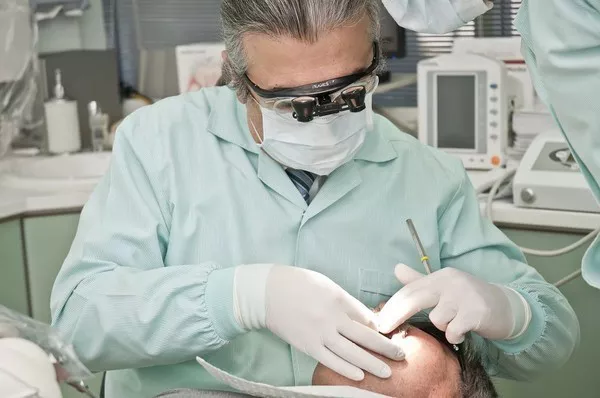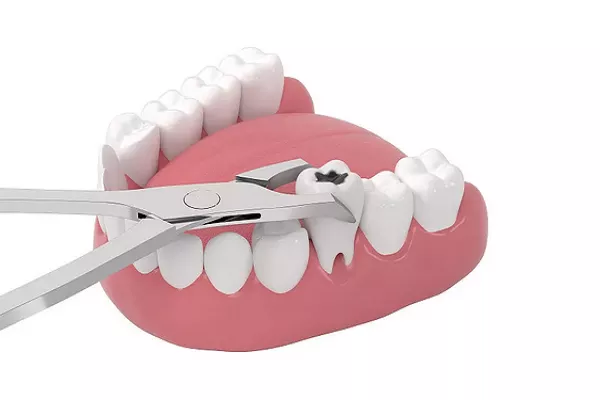Orthodontic wax is a lifesaver for individuals with braces. It provides relief from the discomfort and irritation caused by wires and brackets, allowing for a more comfortable orthodontic journey. In this comprehensive guide, we will explore how to make orthodontic wax in the comfort of your own home. With our step-by-step instructions, you can ensure that you always have this essential tool on hand. Whether you’re a patient seeking relief or a parent looking to help your child, making orthodontic wax has never been easier. Let’s dive into the details.
Item 1: Gather the Ingredients
To begin your journey into the world of DIY orthodontic wax, you’ll need to gather a few essential ingredients. These include:
Beeswax: Beeswax serves as the primary base for your orthodontic wax. It’s readily available in most craft stores and online.
Coconut Oil: Coconut oil adds a degree of pliability to your wax, making it easier to mold and apply.
Olive Oil: Olive oil is a key ingredient that provides a soothing effect and helps to alleviate discomfort.
Flavoring (Optional): To make the wax more pleasant, consider adding a flavor, such as mint or vanilla.
Item 2: Melting the Beeswax
The first step is to melt the beeswax. You can use a microwave or a double boiler for this purpose. If you’re using a microwave, be sure to use a microwave-safe container. Start with a small amount of beeswax and add more as needed. Beeswax has a high melting point, so take your time and use short intervals to prevent overheating.
Item 3: Adding Coconut and Olive Oil
Once the beeswax is melted, it’s time to add the coconut and olive oil. These oils enhance the wax’s texture and provide a soothing sensation when applied. The ratio is typically one part coconut oil to two parts olive oil. Stir the mixture thoroughly.
Item 4: Adding Flavor (Optional)
If you want to add a pleasant flavor to your orthodontic wax, this is the time to do so. A few drops of flavoring can make wearing braces a bit more enjoyable. Ensure that the flavoring you choose is safe for oral use.
Item 5: Pouring into Molds
Now that your orthodontic wax mixture is well-blended, it’s time to pour it into molds. You can use small silicone molds, ice cube trays, or any other small, flexible containers. Allow the mixture to cool and solidify. This will usually take a few hours, depending on the size of your molds.
Item 6: Storing Your Orthodontic Wax
Once your orthodontic wax has solidified, carefully remove it from the molds. Store the wax in a cool, dry place. Be sure to keep it away from direct sunlight or heat, as it can cause the wax to melt.
Item 7: Using Your Homemade Orthodontic Wax
When you need to use your homemade orthodontic wax, simply take a small piece, roll it into a ball, and apply it to the area of your braces that’s causing discomfort. The wax will adhere and provide relief, preventing further irritation.
Making your own orthodontic wax is not only cost-effective but also allows you to create a product that is tailored to your preferences. You can experiment with different flavors and textures until you find the perfect combination for your comfort.
In conclusion, creating orthodontic wax at home is a simple and rewarding DIY project. By following our step-by-step guide and gathering the necessary ingredients, you can ensure that you have a constant supply of this essential orthodontic tool. Say goodbye to discomfort and irritation, and hello to a more comfortable braces-wearing experience.
By making your orthodontic wax, you not only save money but also have full control over the ingredients, ensuring a safe and pleasant experience. So, go ahead and start making your orthodontic wax today – your braces will thank you for it!
Incorporating orthodontic wax into your daily routine will alleviate the discomfort associated with braces, making your orthodontic journey smoother. Whether you’re a seasoned brace-wearer or new to the world of orthodontics, homemade wax is a valuable addition to your oral care arsenal. So why wait? Start crafting your orthodontic wax and experience the relief it provides.
Related Links:
Does brace change your face shape?
How to clean orthodontic retainers?
Why do dentist put rubber bands between teeth?
































